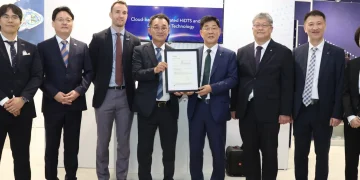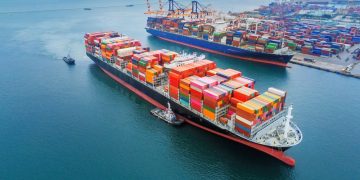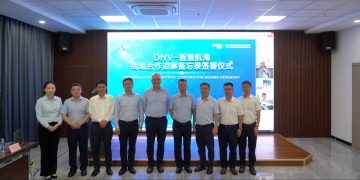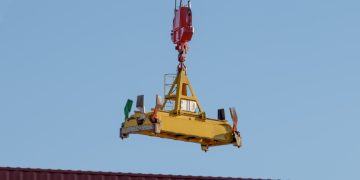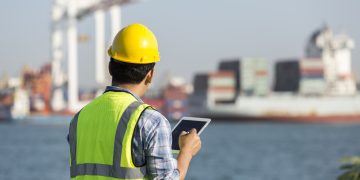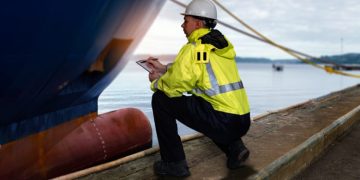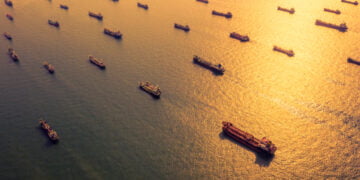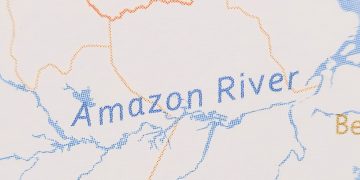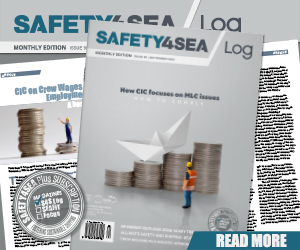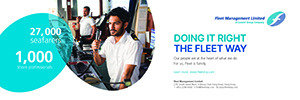Bureau Veritas launches underwater noise reduction notation
Bureau Veritas has developed a voluntary notation intended to assist shipbuilders and operators reduce underwater noise radiating from ships. The comprehensive set of standards and measuring services is grouped as NR614 Underwater Radiated Noise (URN). It aims to control and limit the environmental impact on marine fauna of all self-propelled ships and provide a standard and a system to assess compliance with specific vessel requirements for underwater radiated noise. It covers both shallow and deep water conditions, sets out a dedicated comprehensive measurement procedure, explains how to manage measurement uncertainties and sets specific underwater noise level requirements. Jean-Francois Segretain, technical director, Bureau Veritas Marine & Offshore Division, says, “Underwater noise radiating from ships is acoustic pollution, and there is no doubt that it will be the next big area to be tackled by regulators. This notation, backed by careful research with an extensive network of partners, means we can help designers, yards and operators to be ahead of regulation. And it makes commercial sense. Reducing underwater noise directly contributes to reduced noise and vibration levels on board, which improves passenger and crew comfort. There is also a strong link between fuel efficiency and noise. Quieter ships burn less, and we ...
Read more


















